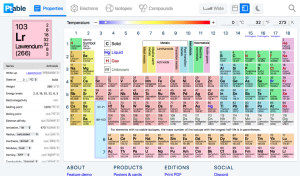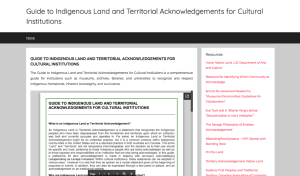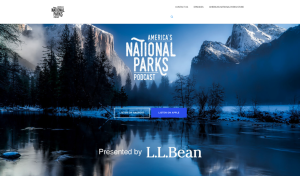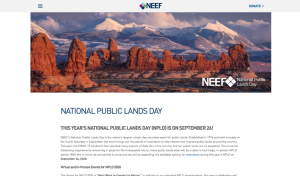 |
September 25, 2020 Volume 26, Number 37 |
General Interest |
Theme: National Public Lands Day |
Revisited |
In the News |
General InterestBack to Top | |
 |
|
 |
|
 |
|
 |
|
 |
|
Theme: National Public Lands DayBack to Top | |
 |
|
 |
|
 |
|
 |
|
 |
|
RevisitedBack to Top | |
 |
|
In the NewsBack to Top | |
Torched but Tough, Redwoods Fighting to Withstand California's Wildfires | |
|
2,000-year-old redwoods survive wildfire at California's oldest state park Wildfire destroys historic buildings at Big Basin State Park, some redwoods have fallen Wildfires Hit California's Redwoods And Condors, But There's Still Hope Redwoods and Fire California Department of Parks and Recreation: Cultural History Remarkable Redwoods in 360 Virtual Tour In August, weather-induced wildfires began ravaging California. These fires caused serious damage to properties and ecosystems, including the state's oldest state park, Big Basin Redwoods State Park. Unfortunately, many of the park's buildings succumbed to the flames. Yet, a glimmer of hope remains. Big Basin contains "the largest continuous stand of old-growth redwoods south of San Francisco." Several of these resilient redwood trees, built with thick, fire-resistant bark, continue to stand. This protective bark is not fail-proof, and high-intensity fires can cause serious damage or death. However, even with fires burning in their hollows, scientists "have cautious optimism," that many redwoods will hold on. The full extent of the damage is still unknown, but Sara Barth (executive director of Sempervirens Fund, a land trust preserving redwood forests) notes that these trees serve as a reminder that "redwood forests are resilient and the people of California are resilient." [EMB] This first link leads to a story by The Associated Press, picked up by NBC News, that discusses how the forest is "resetting" in spite of the blaze. Readers wanting to delve deeper into how redwoods withstand fires will want to explore the second link, featuring Paul Rogers and Ethan Baron's coverage for the Santa Cruz Sentinel. The third link provides a clip from NPR's All Things Considered that expands on how the fires are affecting California's ecosystems, threatening both flora (redwoods) and fauna (condor birds). For more information on the relationship between redwoods and fires, visit the fourth link. Here, readers will find a series of blog posts on this topic, curated by Save the Redwoods, a nonprofit organization "protect[ing] and restor[ing] California redwoods." Those interested in Big Basin's history can find background at the fifth link on the Cotoni and Quiroste People, who first called the area home and protected it with indigenous fire and land management practices. Want to virtually explore a redwood forest? The final link leads to the National Park Service's "virtual reality" series with eight video episodes allowing viewers to do. | |





